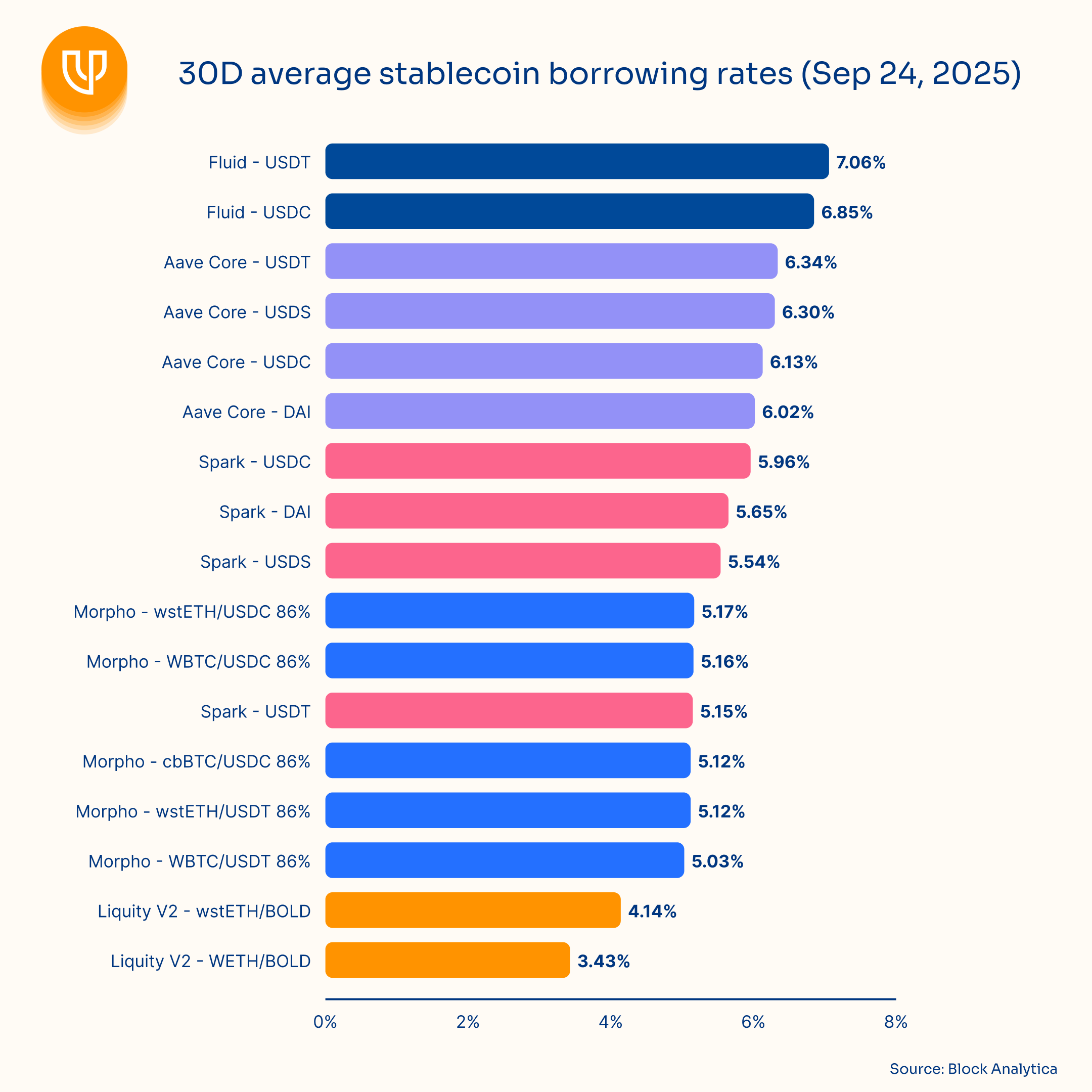Decentralized stablecoins will win by being better products
DeFi has grown from a small niche to an industry attracting tradFi giants in a couple of years. Many of you still remember DeFi summer and the countless experimentations with DEXs, lending protocols, stablecoins, etc.
As DeFi matures, a core ethos is getting lost. Decentralization isn't about being decentralized for its own sake, it's about leveraging decentralization to build great products that are inherently resilient. For stablecoins, the backbone of DeFi, this has created a glaring paradox. The ecosystem runs on centralized stablecoins like USDT and USDC, re-introducing the very censorship and single-points-of-failure DeFi was meant to eliminate. This isn't to say centralized stablecoins don't have their place. They are gaining significant adoption and serve as a practical bridge to traditional finance, offering simple USD exposure and payment rails.
However, the core principle of Decentralized Finance cannot be built upon regulated stablecoins that can be frozen by a single company or regulator. Decentralized stablecoins are the essential oil for the DeFi engine. This fundamental contradiction existed for a simple reason: there wasn't a truly great decentralized stablecoin product available.
Winning with a product, not just an ideology
That has now changed. Protocols like Liquity V2 deliver the product-first approach needed, creating a stablecoin that is not only decentralized but also highly efficient and user-centric. This is why Uncap is building on this model. To become the liquidity engine for BTCFi, we need a foundation that is both a great product and credibly decentralized.
Liquity V2's core innovation lies in its user-set interest rates and an upgraded redemption mechanism. This empowers borrowers to directly manage their own risk-reward profile: setting a lower interest rate reduces borrowing costs but increases redemption risk, and vice-versa. This flexibility allows for tailored borrowing strategies that can adapt to market conditions, personal risk tolerance, or even be delegated to third-party managers. The result is a dynamic, competitive market for rates, ultimately driving the system towards the most capital-efficient borrowing costs.

The introduction of liquid staking tokens also enables users to maintain their exposure to both ETH and staking rewards while leveraging those assets to borrow BOLD. This leads to improvement on the capital efficiency front going from the older version which only accepted ETH.
Uncap will also support liquid staking wrappers of BTC as well as non-staking established wrappers on launch on the road to truly decentralized BTC collateral (first through trust minimized BitVM bridge, then through OP_CAT).
Liquity V2 also brings critical improvements to risk management by separating liquidation and redemption risks. Liquidations now happen when a user's loan-to-value ratio is too high, while redemptions are triggered when their set interest rate is too low. This distinction gives users clear, independent levers to manage their positions. It allows them to fine-tune their approach at any time, adapting to shifting market conditions or personal needs with precision.
Ultimately, decentralized stablecoins will win by being superior products. The model pioneered by Liquity V2 is that product. It changes how users interact with their own capital, creating a more efficient, transparent, and user-controlled financial primitive. This is the new standard for DeFi, and Uncap is bringing it to the BTCFi ecosystem to prove that the most resilient financial systems are built on powerful, open products.
We invite you to join us.
